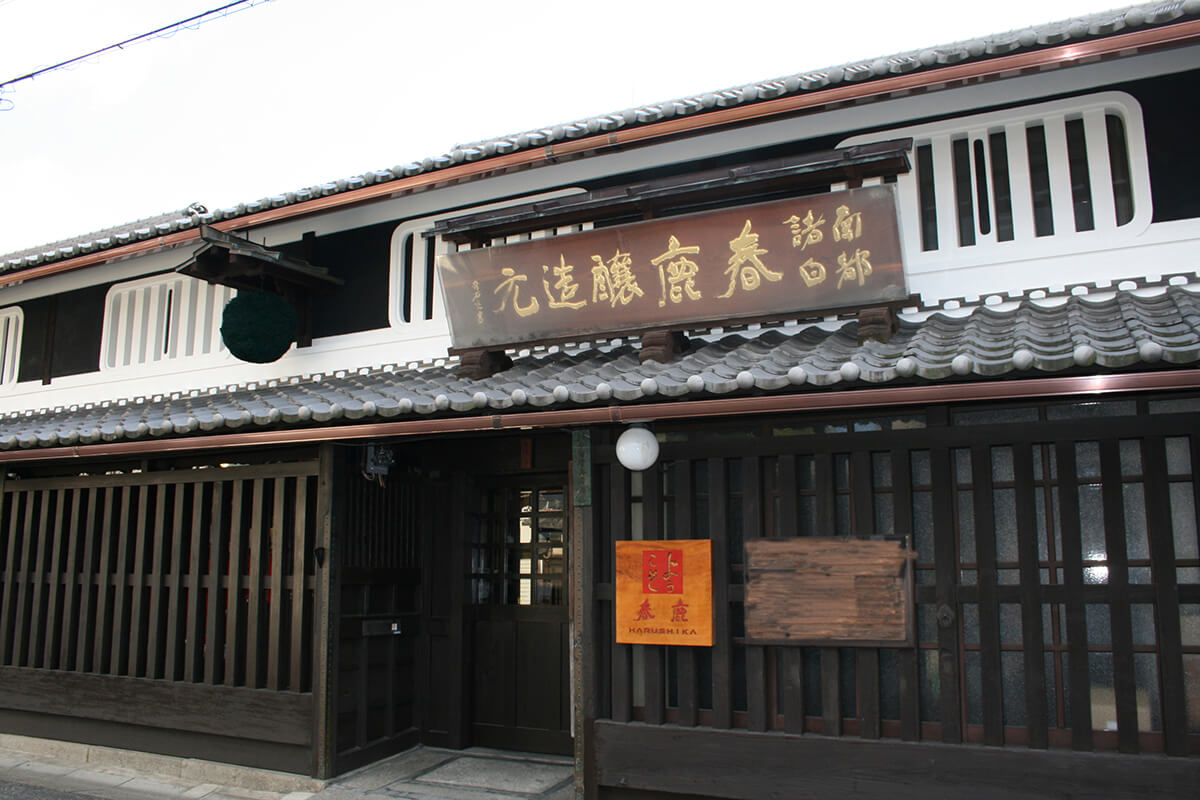Harushika “Junmai Ginjo” Nama
Nara prefecture
For garden-fresh fare
This is a limited-release junmai ginjo from a famous brewery in Nara, a significant area for the evolution of sake making. Gentle umami from the rice melds with the sugary taste of cotton candy, followed by a juicy, citrusy impression that finishes clean. This type of flavor profile is ideal for pairing with meals containing fresh herbs, such as pasta with basil or white fish wrapped in shiso.
Characteristics
| Brand | Harushika |
| Brewery | Imanishi Seibee Shoten |
| Category | Junmai Ginjo |
| Subcategory | Nama, Genshu |
| Taste Profile | Light & Sweet |
| Rice variety | Yamadanishiki |
| Yeast variety | In-house (Harushika No. 6), In-house (Harushika No. 7) |
| Alcohol | 15.0% |
| RPR | 60% |
| SMV | 1.5 |
| Acidity | 1.4 |
Serving Temperature

-
 Recommended
Recommended
-
 Not Recommended
Not Recommended
Region

Harushika is made in Nara prefecture in the Kinki region.
Taste Metrics
Tasting Notes
-
Grape

-
Apple

-
Rice

Recommended Pairing
-
Seafood

-
Veggies

-
Meat


Imanishi Seibee Shoten
Imanishi Seibee Shoten’s brand Harushika receives its name from a sake god that comes to reside in the area. In this story, the god rides into their prefecture on a deer — a motif expressed in the brand’s labeling, gratitude and approach to sake. Established in 1884 with the philosophy “Polish the rice, polish the water, polish the skill and polish the heart,” they were one of the first sake breweries to use the “morohaku” method of brewing entirely with polished rice. They continue to make sake in line with their vision that is clean and clear in flavor.
Learn more

Customer reviews
Tippsy Sake Club
Our sommelier will recommend sake according to your taste when you join Tippsy Sake Club. Also enjoy:
- Members-only prices
- Discounted shipping
- An exclusive sake cup with your first club order
- and more!
All about sake
-
 Introduction
Introduction
Welcome To Your Sake Journey!
-
 Lesson 1
Lesson 1
What Is Sake?
-
 Lesson 2
Lesson 2
What Is Sake Made of and How Is It Made?
-
 Lesson 3
Lesson 3
What Is Rice Polishing Ratio?
-
 Lesson 4
Lesson 4
Types of Sake
-
 Lesson 5
Lesson 5
How To Store Sake
-
 Lesson 6
Lesson 6
How To Drink and Serve Sake
-
 Lesson 7
Lesson 7
Food Pairing Guide
-
 Lesson 8
Lesson 8
Best Sake Bottles and Brands for Beginners


